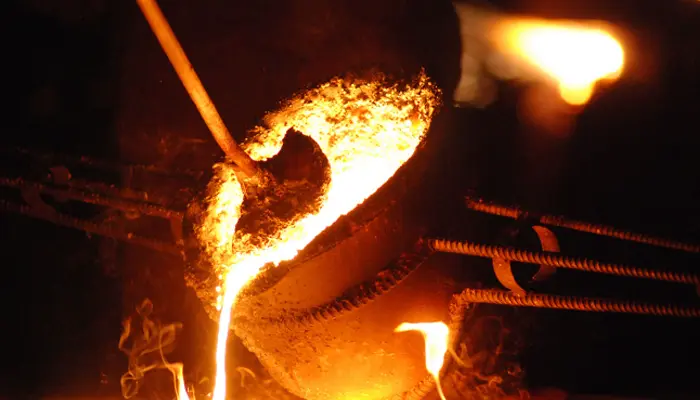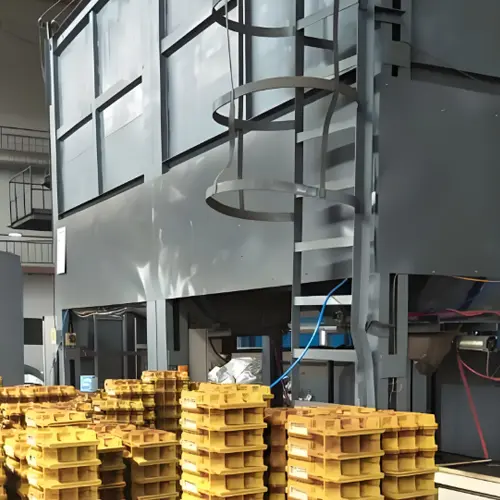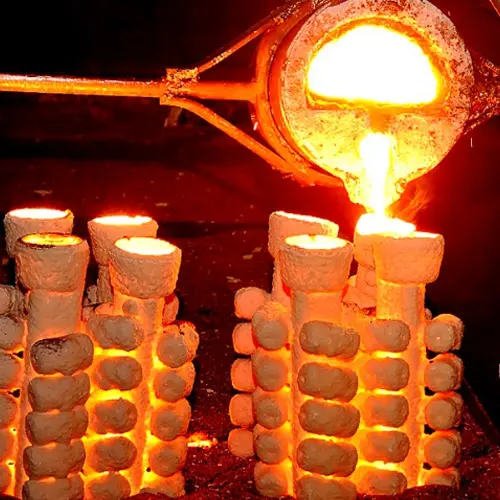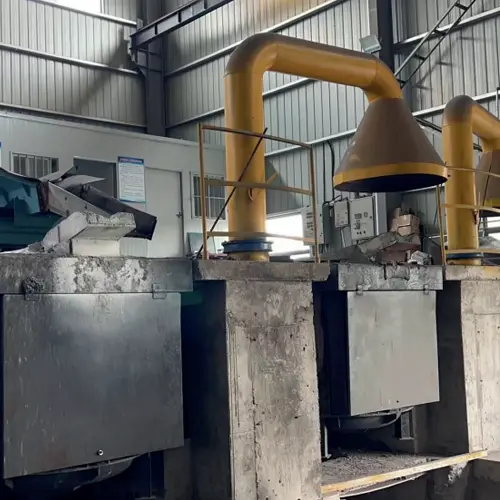There are significant differences between custom casting and conventional casting in many aspects, and the final choice of casting method depends on the specific needs of the customer. The following is a comparative analysis of the two:
1.Definition and characteristics
Custom casting is the process of specifically manufacturing metal parts based on customer requirements such as drawings, material requirements and mechanical properties. This is the most common type of service for many machinery manufacturers. Custom castings are typically provided by OEM casting companies, who can select the appropriate process and create unique molds based on customer needs.
Conventional casting is the production of metal parts or components with fixed shapes, sizes and properties according to standard or common processes. It is characterized by high production efficiency and relatively low cost, but lacks customization.
2. Process flow
The custom casting process includes process design, model making, moulding and core making, smelting and pouring, cleaning and post-processing. Each step needs to be customized and optimized according to the customer’s specific needs.
The conventional casting process is relatively fixed, including mold preparation, metal melting, pouring, cleaning and other steps. Mold design is relatively standardized and suitable for mass production.
3.Materials and applications
Customized casting materials have a variety of choices, and different metal materials can be selected according to customer needs. They are widely used in automobiles, aerospace, agricultural machinery, construction machinery and other industries, and are especially suitable for producing parts with complex shapes and structures.
Conventional casting material selection is relatively fixed and is usually selected based on production needs and industry standards. Suitable for producing parts of standard shapes and sizes, such as pipes, valves, etc.
4. Cost and quality
Custom casting costs are higher because mold design and manufacturing need to be customized to customer needs, and unit costs are higher when production quantities are smaller. Quality is higher because every step is strictly controlled and inspected to ensure the castings meet customer needs.
Conventional casting costs are lower because mold design and manufacturing are relatively standardized, and the cost per piece is lower when production quantities are higher. The quality is relatively stable.
5. Flexibility and innovation
Custom casting is highly flexible and can be quickly adjusted and optimized according to customer needs. Highly innovative, capable of producing parts with unique shapes and structures to meet customers’ individual needs.
Conventional casting has low flexibility and is usually produced according to a fixed process flow. Limited innovation and mainly suitable for producing parts of standard shapes and sizes.
In the process of accepting orders for customized castings, we often face a series of problems ranging from process selection, mold design, sample testing to mass production. In this regard, we will carry out the following work and provide one-stop service.
1. Understand customer needs
Have an in-depth discussion of part usage and mechanical performance requirements to ensure a complete understanding of customer needs and the mechanical properties the part needs to meet.
2. Material research and design suggestions
Assist customers with research and design, provide targeted structural modification suggestions, and provide material selection suggestions.
3. Process selection and quotation
Based on the annual usage and mechanical characteristics of the castings, we select the most cost-effective casting process for customers and provide detailed quotations.
4. Process design
Casting solidification simulation software is used to assist in casting process design. Compare multiple solutions to determine the optimal casting process.
5.Mold development
After determining the specific casting process and mold materials, mold production begins. The mold design must ensure the accuracy and durability of the mold to meet the quality requirements of the casting.
6. Sample production and inspection
After the sample production is completed, various self-inspections must be carried out in accordance with customer quality requirements, and a comprehensive test report must be provided. If the customer needs re-inspection, the sample will be shipped to the customer.
7.Mass production
After the customer approves the quality of the sample, mass production can begin.
With the above insights into custom castings, what type of castings do you need now? Please feel free to contact us. Let us work together to tailor a one-to-one casting solution for you and produce cost-effective custom castings.





